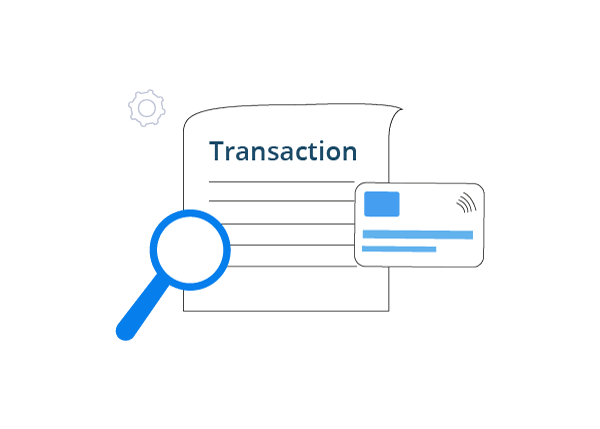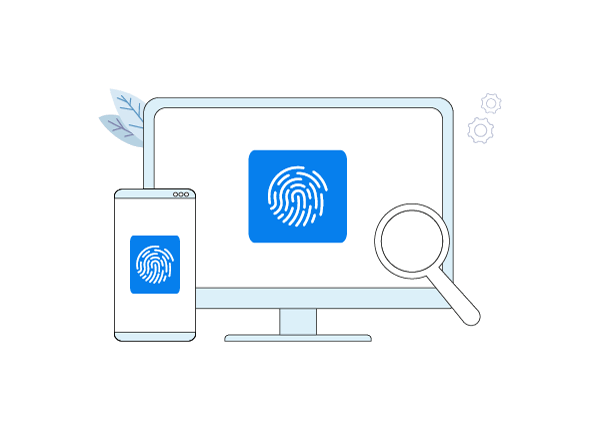Fraud Prevention
Leveraging IP data in fraud prevention enables organizations to establish a robust defense against online threats by detecting anomalies, identifying potential risks, and creating a more secure online environment for users.

IP Data in Fraud Prevention
Explore how IP data helps in fraud prevention
Geolocation Verification
Businesses can use IP data to determine the location of a device accessing their services. Changes in location patterns may indicate fraudulent activity, such as accessing an account from a different, distant location than usual.


Transaction Verification
In online transactions, examining the associated IP address is an added layer of security. If the IP address is deemed suspicious or has a history of fraudulent activity, the transaction can be flagged for manual review.
Proxy Detection
Fraudsters often use proxy servers to hide their true IP addresses and locations. IP data can be analyzed to detect the use of proxies, which may be an indicator of malicious intent. Blocking requests from suspicious or known proxy servers can help prevent fraudulent access attempts.


Device Fingerprinting
IP data can be used to create a unique device fingerprint that helps fraud prevention systems identify devices associated with previous fraudulent activities. This can enable flagging or denying access to such devices in the future.
Dive into IP Data with Our IP Lookup Demo
Reveal geolocation data instantly and gain valuable insights with ease.
Resources
Discover useful resources like blog and videos to get started.
Read Our Thoughtful Blog Articles
Looking for a quick answer? Discover a comprehensive knowledge base, filled with articles that cover a wide range of topics and provide instant in-depth insights.
Tune in to Our Video Content
Explore and discover the power of sight and sound as you explore our video content for a captivating blend of information and inspiration.